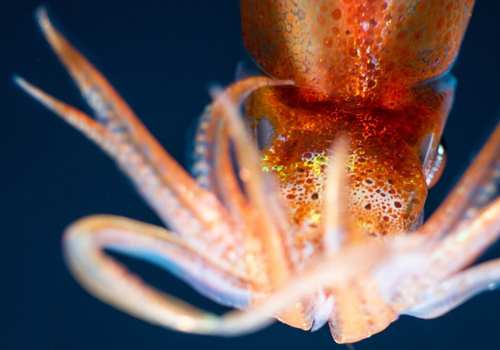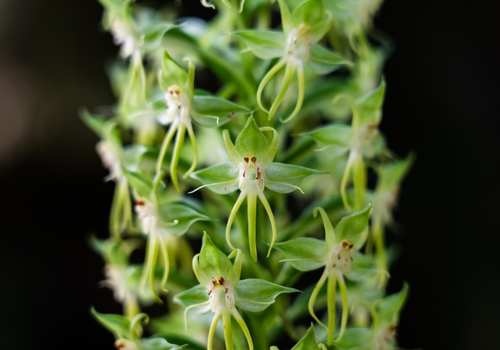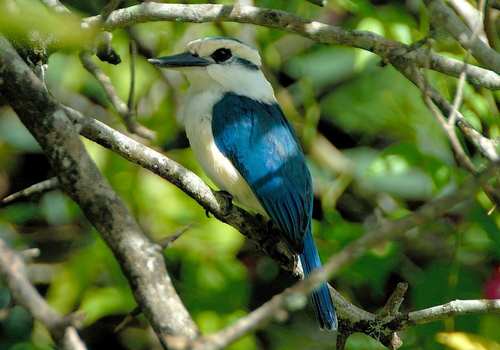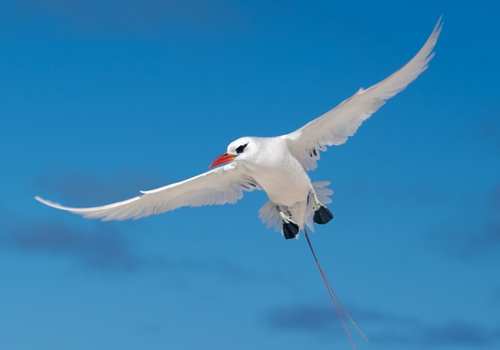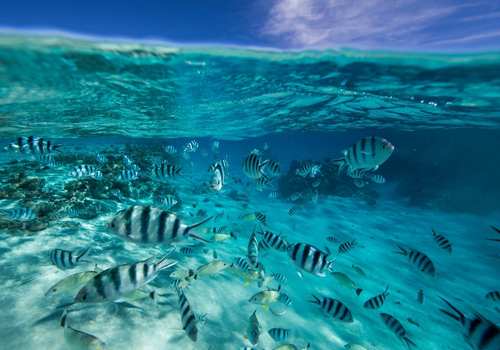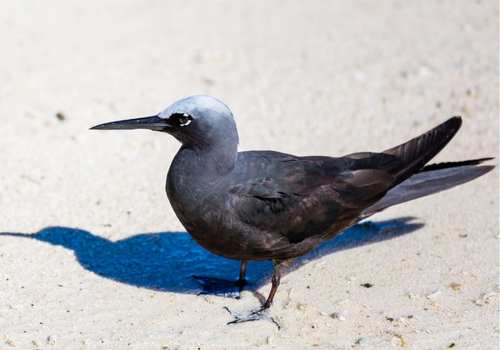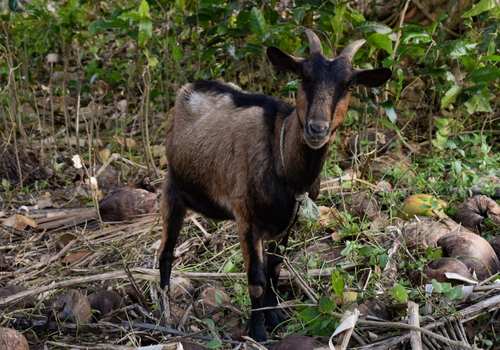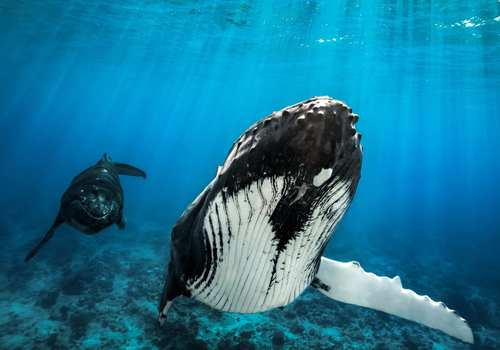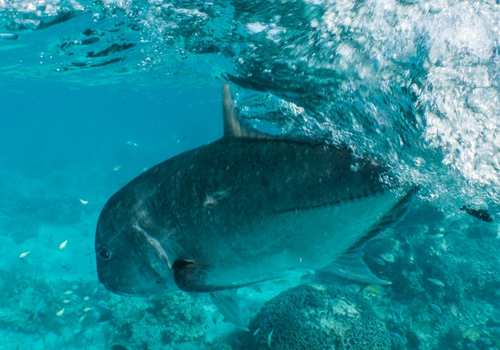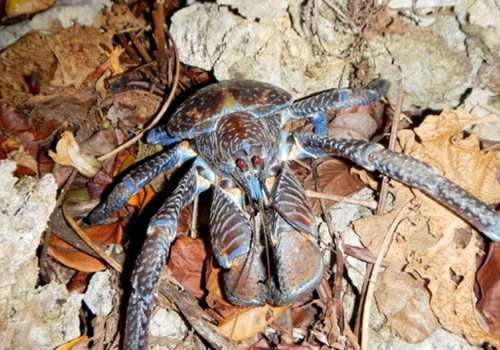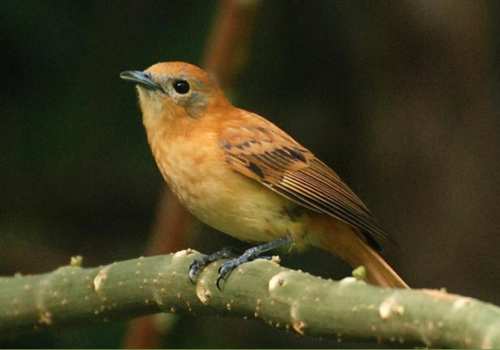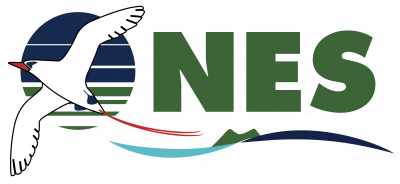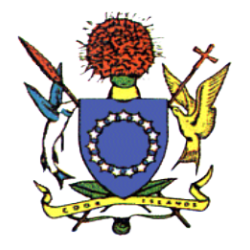Biodiversity
Biodiversity or ‘biological diversity’, is the variety of life on earth like plants, animals and micro-organisms. Their interactions and interdependence to survive will help create a rich and thriving environment. Biodiversity is fundamental for our prosperity and quality of life. It is important for subsistence living and to many commercial activities including tourism. Biodiversity plans are important documents to manage and determine the state of our natural environment. These plans provide a coordinated approach to also address and manage our biodiversity.
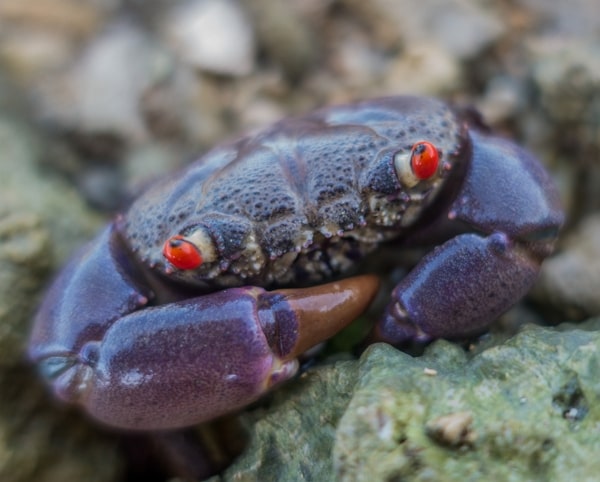
BIODIVERSITY PLANNING
CIs CBD 6NR
The Cook Islands submitted its Sixth National Report to the Convention on Biological Diversity. The report provides an update of the Cook Islands progress in achieving the Cook Islands NBSAP goals as well as the Aichi Biodiversity targets. The Cook Islands have done relatively well in some areas such as the declaration of its EEZ as a Marine Protected Area – Marae Moana and controlling some very damaging invasive species that is critical for biodiversity.
CI NBSAP
The Cook Islands first National Biodiversity Strategy and Action Plan (NBSAP) was approved in 2002. The NBSAP is the principal instrument for national implemention of the Convention on Biological Diversity. The NBSAP endeavours to mainstream biodiversity into planning and sectoral activities with significant impact on biodiversity in the Cook Islands
CI SOE
The Cook Islands State of the Environment Report provides a measure and record of our environment. The report is a compilation of various information that holistically describes our state of the environment. It presents scientific data about our environment as the basis for effective environmental management and planning. The report evaluates the main environmental pressures, main drivers, and examines their social, economic and environmental impacts.
CI NISSAP
The National Invasive Species Strategy and Action Plan identifies priority actions to address and minimize the threat of invasive species, which impacts biodiversity, the livelihood of people, natural environment and our economy. The strategy also highlights invasive species present in neighboring countries but not in the Cook Islands.
Although the Cook Islands has successfully eradicated a number of invasive species, vigilance is key to ensure these species do not enter the Cook Islands. The threat posed by invasive species can be devastating, therefore we must stop them from reaching the Cook Islands.

ENDEMIC SPECIES
Endemic species are plants or animals that are only found in one location worldwide. They are a type of native species, but differ from native species in that they are unique to that geographic region. Their distribution can be restricted to a single island, continent or a specific area within a larger environment.
There are several infamous Cook Island endemic species that include the kākerōri (Rarotonga Flycatchter), neinei (Rarotonga Fitchia) and iniao (Mitiaro Fan-Palm).
Endemic species worldwide are seeing significant changes to their habitat as a result of direct and indirect anthropogenic-driven change. As endemics are not widely distributed around the world and have particular environmental conditions that they have adapted to, they are at particular risk to these changes. The loss of endemic species, especially endemic plants, will cause a ripple effect upon the ecosystems in which these species dwell. Taking better care of our environment in the Cook Islands will ensure our endemic species are well protected.
NATIVE SPECIES
Native species are plant and animal species that occur naturally in an area, hence they were not introduced to the area through human intervention.
Several notable Cook Island native species include kōta’a (frigate bird), kukupa (Cook Islands fruit-dove), and unga (coconut crab).
The role of native species range from the supply of food, shelter for wildlife to being pollinators. Native plants attract a variety of birds, butterflies and other insects and animals. This provides for a diverse habitat and paints a unique picture of our country’s identity. Furthermore, native species provide traditional medicines and valuable food sources that have sustained the livelihood and culture of Cook Islanders for many generations.
There are many threats to native species, most of which are driven by anthropogenic change, whether directly or indirectly. In the Cook Islands, the most notable threats include habitat change, invasive species and the climate crisis.
It is important that we invest in the wellbeing of our Cook Islands environment. In doing so, we will see a return investment for generations to come.
INVASIVE SPECIES
Invasive species are plants and animals that are not found naturally in an ecosystem that cause harm to the environment, economy or human health. These species are mainly spread by human activities, whether accidental or intentional, such as being transported in ships’ ballast water or shipping palettes. They have fast growth and reproductive rates, and often do not have any natural predators in their introduced ecosystem and so, spread aggressively. This is how the term ‘invasive’ was formed.
There are numerous direct and indirect impacts of invasive species. For example, native species may not have had to evolve adaptations against invasive species, which leaves them unable to compete for habitat, food and resources. Invasive species can also inhibit native species from reproducing or kill the young of native species, such as the decline in the population of local, native bird species that was seen in Atiu as a result of the introduction of the myna bird.
There are several eradication programmes that occurred in recent years. The collective efforts were to remove rats from Suwarrow and Palmerston, myna birds in Atiu and other weeds. The vast remoteness and distance between the 15 islands in the Cook Islands have played a vital role in reducing the spread of some invasive species. This is particularly important as invasive species have the potential to destroy or replace native food sources, which is particularly detrimental in our Pa Enua.
THREATS TO BIODIVERSITY
Biodiversity supports everything in nature that we need to survive. Each species has a value and right to exist whether or not it is known to have value to humans.
- Ecological Life support – in supplying oxygen, clean water and air and natural ecosystem services
- Cultural identity – Cook Islanders have strong connections and obligations to biodiversity arising from spiritual beliefs about plants and animals
- Recreation – bird watching, sustainable fishing and photography to name a few.
- Economic – Provide raw materials for production and food consumption. Many livelihoods like farmers depend on biodiversity
- Scientific – ecological data helps us understand the earth and its origin
The threats to Biodiversity are;
- Habitat loss from land clearance, cutting of trees and developments
- Soil erosion and run off can cause lagoon pollution and impact living organisations
- Over-exploitation of species or natural resources
- Climate change
- Invasive species
- Pollution from burning of hazardous waste and littering
These are some solutions we can implement to protect our Biodiversity;
- Protect our species
- When walking in the lagoon or on the reef avoid stepping on live corals
- Harvest matured species only and avoid harvesting juveniles and females species with eggs
- Take photos and not take the plant
- Plant a tree
- Plant a coconut tree or any fruit tree. Coconut trees provide a place for birds to nest and rest. They also house various insects that assist with pollination and break down of waste
- Plant native trees
- Use trees to mark your land boundaries
Hiking - Before and after your hike, ensure your shoes are clean from plant debris or seeds. This will stop invasive species entering new areas.
- Stay on the track when hiking to minimize tramping over native plants
- Avoid unnecessary tagging on trees
- Avoid unnecessary cutting of branches when you maintain hiking tracks
- Report to NES or the Ministry of Agriculture of any unusual plant, insect or animal that you have not seen before. This could be a new invasive species introduced to the Cook Islands.
- Ensure new plants or flowers brought into the Cook Islands or sent to the Pa Enua go through proper biosecurity processes.
COOK ISLANDS BIODIVERSITY DATABASE
The Cook Islands Biodiversity database is a comprehensive multimedia database designed to intergrate scientific and traditional information on all flora and fauna in the Cook Islands.
The database can use a range of criteria to display subsets of species of special interest groups. It currently lists more than 4,000 species of animals, plants and micro-organisms.
Species in the database can be searched in Latin, English or Cook Islands Maori.
The database is maintained and managed by the Cook Islands Natural Heritage Trust and can be accessed on the following website:


